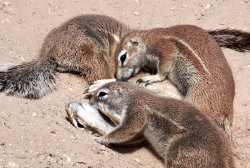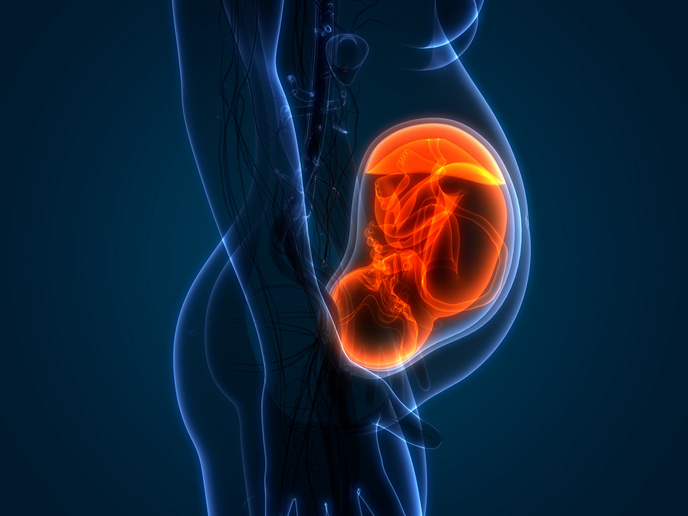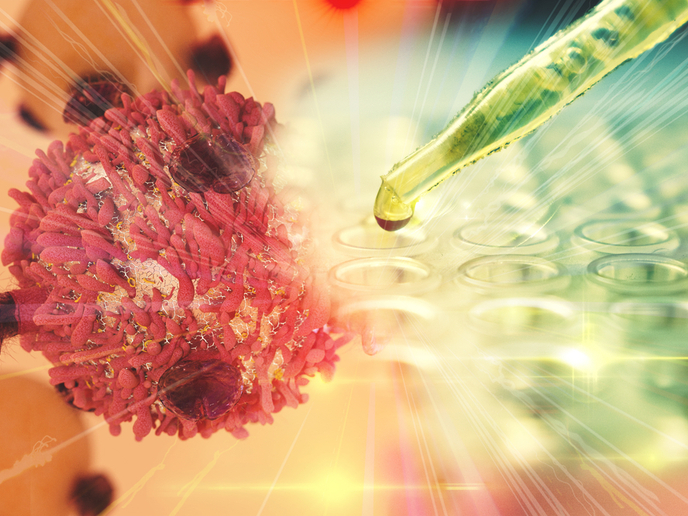Insights into group living shed light on ageing mechanisms
In many animal species, group living can bring various benefits such as reduced predation risk, as well as many threats such as increased disease transmission. Little research has been conducted regarding the stress-related costs of group living on health and life, especially in the wild. The EU-funded SOCIAL COST project studied the behavioural, physiological and molecular effects of social stress in natural conditions. “Social stress can cause physiological stress in group living animals, including humans, leading to poor health or fitness reduction,” says project coordinator Dr Shirley Raveh. “This is important as many effects of group living are still poorly understood, especially in natural populations,” she underlines. Squirrels reveal ageing dynamics Working at the Kalahari Research Centre in South Africa, the project team examined how group size and composition, reproduction and individual social status might affect the level of social stress. It looked at how social stress can affect telomeres, the protective tips at the end of chromosomes which prevent the erosion that can take place during cell division. “Telomere dynamics and oxidative damage are linked to the occurrence of stressors and to fitness,” Dr Raveh explains. The project team particularly studied direct links between social status, group size, sex and ecological stressors of free-living Cape ground squirrels (Xerus inauris) at the Kalahari Research Centre. It also looked at the associated physiological factors such as oxidative damage and hormone levels, as well as molecular effects. Unsurprisingly, the preliminary results have suggested that telomere shortening is affected by age – i.e. younger squirrels have longer telomeres compared to older individuals – in line with the expectations based on other species. “How age-specific telomere dynamics vary with individual behaviour, social status, group size and composition, and the associated physiological changes, will provide new insights into the costs of sociality,” notes Dr Raveh. Unravelling the biological impact of sociality The study could eventually help to understand the social costs in humans. “Although in general one has to be cautious in extrapolating across species, humans are social animals and are subject to social stress, and many of the processes involved are conserved across diverse groups of mammals,” explains Dr Raveh. Already, the preliminary results of this project have been presented at several meetings, including a symposium on the diversity of telomere dynamics organised in Edinburgh in 2017. The research will also be presented at the Telomere Network UK Meeting 2018 in Newcastle and Conference on Behavioural Biology in Liverpool in 2018. By opening up a new mammal study system to examine social stress, especially under natural conditions, the project yielded valuable new data about the impact of social status, group composition and sex on behaviour. It also helped understand physiological as well as molecular processes indicative of biological states such as telomere shortening and oxidative damage. Such findings pave the way for examining the biological impact of sociality and the nature of resilience, which should provide valuable insight into ageing. To this end, the project was successful in collecting substantial samples and behavioural data that will contribute significantly to understanding the cost of sociality.
Keywords
SOCIAL COST, telomere, social stress, group living, ageing, sociality







